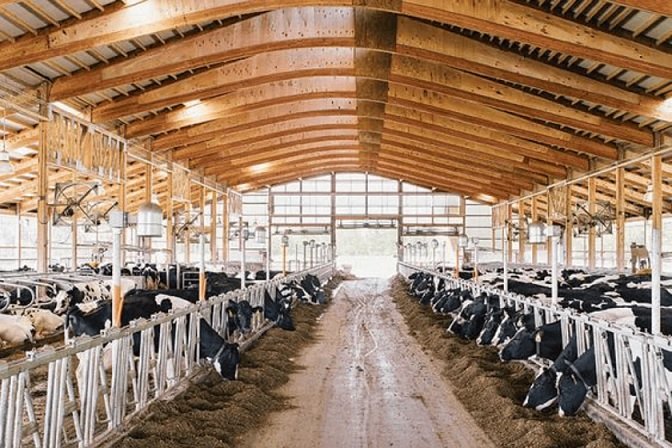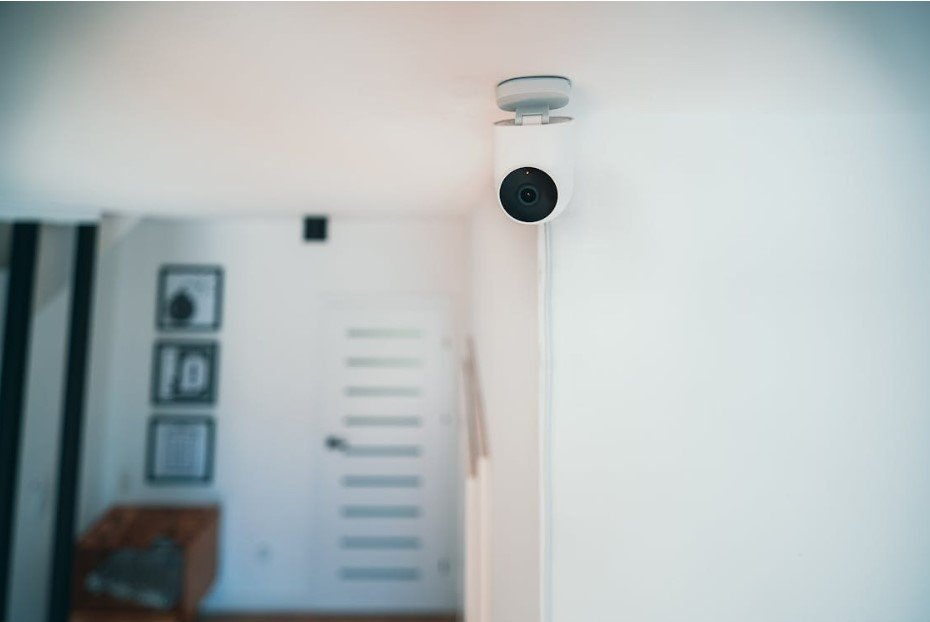Sport plays a vital role in the development of children and adults alike, offering numerous benefits from physical health to social interaction and teamwork. The availability of high-quality sports facilities is essential to foster a healthy and active lifestyle, both in educational environments and within communities. For instance, OWIS Punggol is one such facility that provides excellent resources for sports and recreation. Well-equipped sports facilities not only enhance the quality of physical education but also provide opportunities for recreational activities and community events.
In this article, we explore the best sport facilities that can be found in schools and communities, focusing on the features that make them stand out and the impact they have on overall health and well-being.
Importance of GoodSportst Facilities
Sports facilities serve as the foundation for encouraging participation in physical activities. In schools, access to well-maintained facilities ensures that students are not only learning about the importance of fitness but also have the opportunity to practice and develop their skills. In the community, sports facilities create spaces for people of all ages to engage in recreational sports, fitness activities, and competitions.
The presence of quality sports infrastructure can significantly improve the overall health and well-being of a community, encouraging individuals to stay active and form lifelong habits of physical activity. Furthermore, excellent sport facilities provide a safe and supportive environment for training, competitions, and social gatherings, strengthening the sense of community.
Multi-Purpose Sports Halls and Gymnasiums
A multi-purpose sports hall or gymnasium is one of the most versatile sports facilities commonly found in both schools and community centres. These spaces can be used for a variety of indoor sports, such as basketball, volleyball, badminton, and gymnastics. The advantage of a multi-purpose hall is that it can accommodate different activities, making it ideal for schools that offer a range of sports in their curriculum or for community centres that host recreational leagues and fitness classes.
High-quality sports halls are equipped with the necessary infrastructure to support each sport, including basketball hoops, volleyball nets, and gymnastic equipment. Flooring is also crucial, as the right type ensures safety and proper performance. For instance, hardwood flooring is commonly used for basketball and volleyball, while cushioned surfaces are preferred for gymnastics and indoor fitness activities.
Swimming Pools for Schools and Communities
Swimming is a fundamental skill that promotes both fitness and safety. Swimming pools in schools and communities offer a space for students and residents to engage in aquatic sports and physical education classes. Pools are often utilised for activities like water polo, swimming lessons, and competitive swimming events.
In schools, pools are especially beneficial for teaching water safety and providing a unique environment for students to stay active. In the community, public swimming pools are valuable recreational assets, offering a cooling retreat in summer and a place for regular exercise throughout the year. Well-maintained pools also often feature separate lanes for swimmers, ensuring that both recreational and competitive swimmers can enjoy the space.
Outdoor Sports Fields
An outdoor sports field is essential for schools and communities that engage in team sports like football, rugby, and cricket. These fields are typically large, open spaces that provide ample room for group games, athletic training, and competitions. A well-maintained sports field with quality turf can make a significant difference in the enjoyment and safety of the players.
Beyond traditional sports, outdoor fields can be used for a variety of activities such as running, relay races, and general fitness training. Schools often incorporate outdoor fields into their physical education programmes, while local communities utilise them for weekend sports leagues, charity events, and family gatherings.
Tennis and Multi-Sport Courts
Tennis courts and multi-sport courts are a common feature in both school and community sports facilities. Tennis courts, whether indoor or outdoor, offer a dedicated space for tennis enthusiasts to hone their skills or enjoy a friendly match. These courts are often built with surfaces that suit the sport, such as hard courts or clay courts, depending on the location.
Multi-sport courts, on the other hand, are designed to accommodate various activities such as basketball, tennis, and even futsal. These courts are typically smaller than traditional sports fields, making them ideal for limited spaces in urban areas or for schools that need a versatile facility for multiple sports. The flexibility of multi-sport courts is a major advantage, providing a venue for a range of sports all year round.
Fitness Centres and Gyms
Fitness centres and gyms are essential for providing the tools and space necessary for strength training, aerobic exercise, and overall fitness. Schools and community centres with well-equipped gyms provide individuals with the opportunity to work on physical fitness, whether through cardio equipment, weightlifting, or group fitness classes like yoga or aerobics.
For schools, having access to a fully equipped gym allows students to develop strength, endurance, and flexibility. In the community, fitness centres offer a space for people of all ages and fitness levels to engage in regular exercise and wellness programmes. Many modern gyms also feature fitness tracks, fitness classes, and personal training services to help individuals meet their health and fitness goals.
Sports Tracks and Running Facilities
Running tracks are an integral part of sports facilities, offering dedicated lanes for running and sprinting events. These tracks are especially valuable for schools that participate in athletics competitions, as they provide a professional and safe space for training and events. The high-quality surfaces of these tracks ensure optimal performance and reduce the risk of injury for runners.
In addition to serving schools, running tracks in community sports facilities encourage individuals to stay active by offering an outdoor space for jogging, walking, or even hosting local running events. Many communities also use running tracks as venues for charity events, marathons, and fitness challenges, which foster a sense of community and healthy living.
Impact on Health and Community Well-being
The availability of diverse and well-maintained sports facilities has a direct impact on public health. Easy access to fitness resources encourages individuals to remain physically active, reducing the risk of obesity, heart disease, and mental health issues. Additionally, sports facilities play a role in fostering a sense of community. They bring people together, provide social interaction, and promote teamwork and collaboration.
In schools, sports facilities play a pivotal role in fostering team spirit, discipline, and leadership skills among students. They also contribute to improved concentration, academic performance, and social integration. In communities, these facilities help create a strong sense of belonging and pride, encouraging active participation and supporting overall well-being.
Conclusion
Sports facilities are an essential part of any school or community, offering opportunities for physical activity, skill development, and social interaction. From multi-purpose sports halls to swimming pools and outdoor fields, these facilities provide individuals with the tools they need to stay active, healthy, and connected to others.
It is important to continue investing in the development and maintenance of sports facilities to ensure that both current and future generations have access to spaces that promote a healthy and active lifestyle.




